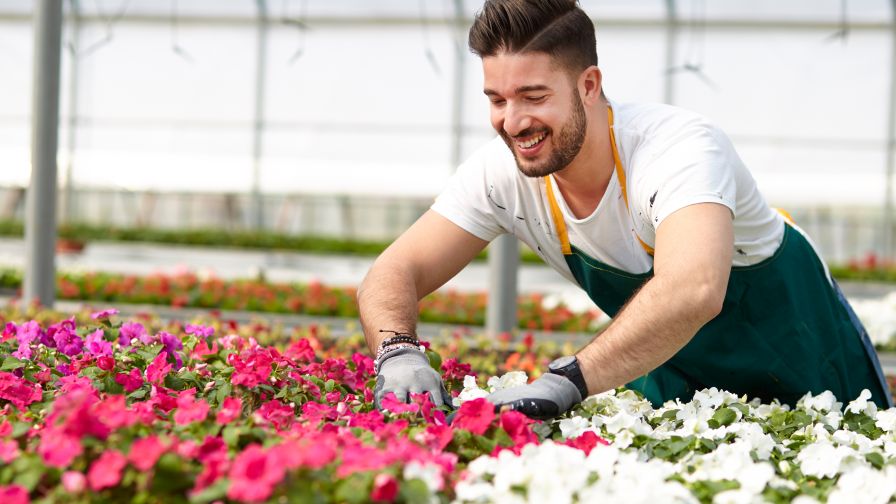Hype for Hydroponic Growing: The COVID-19 Effect
When COVID-19 struck the U.S., people rushed to grocery stores to stock up on food, only to find that many shelf-stable items like beans, rice, and flour were sold out. It was the first time many of us were forced to consider where our food comes from—and how vulnerable the global food system really is.
These food shortages spurred many Americans to consider growing their own food for the first time. Some planted vegetables in their backyards and windowsills, while others went for high-tech hydroponic gardens.
In the years before the pandemic, startups developed these compact self-watering, self-fertilizing, gardening machines that were aesthetically pleasing, to boot. During the lockdowns, sales of these products—which start around $800—spiked, prompting venture capitalists to pour millions into the industry.
But as the COVID-19 era comes to an end, it remains to be seen whether these high-tech gardens have staying power or whether they were just a short-lived novelty. And more broadly, it’s worth asking whether these devices can be a tool for making agriculture more sustainable and equitable, or whether they’re just another toy for the Whole Foods class.
COVID-19 prompted some countries to use hydroponics to deal with disruptions in the global supply chain. The Netherlands and Singapore, which have limited agricultural land and rely largely on imports, invested billions during the pandemic to build industrial hydroponics farms on rooftops and parking lots. In the U.S., hydroponics are still a small business, with about 3,000 businesses generating around $800 million in revenue, a small sliver of the $451 billion from traditional farming. But analysts are banking that the industry is poised to grow.
Over the last five years, a bevy of startups—including Rise Gardens, Gardyn, Lettuce Grow, Aerogarden, and Click-and-Grow—have launched to create hydroponic systems that can fit inside a home. That’s a departure from the focus over the past century on large-scale hydroponics farms.
The devices are expensive, and before the pandemic, it was a tough sell convincing consumers to spend nearly $1,000 on a machine that might take years to pay off. But COVID-19 changed the game, as people around the world worried about food shortages. “The pandemic made people pay attention to where their food comes from and accelerated their interest in producing their own food,” says Nina Ichikawa, executive director of the Berkeley Food Institute, which promotes food equity. “This new awareness is a good thing.”
For now, most of these devices have gone to people interested in small-scale gardening. But the founders believe their products have the ability to disrupt our broken food system, if they’re able to scale. “We are not in the gardening business,” says FX Rouxel, Gardyn’s founder and CEO. “We’re trying to reinvent how people can grow their own food at scale. If we have solutions that are compelling enough, we believe we can change people’s food habits and reduce their dependence on the grocery store.” Gardyn launched in early 2020, and in its first year, Rouxel says its hundreds of customers grew 70,000 pounds of produce.
But Ichikawa argues that we should be skeptical about whether these high-end hydroponic systems can actually change the food system. Most people don’t have the money to invest hundreds of dollars in this hardware, and those are exactly the people who could most benefit. A tenth of households experience food insecurity and more than 23.5 million Americans live in neighborhoods without easy access to a supermarket. “Rich people are willing to spend their money on many new-fangled technologies that don’t necessarily impact the rest of the industry for better or for worse,” she says. “It’s just a new business opportunity for these startups.”
For more on this topic, continue reading at FastCompany.com.









